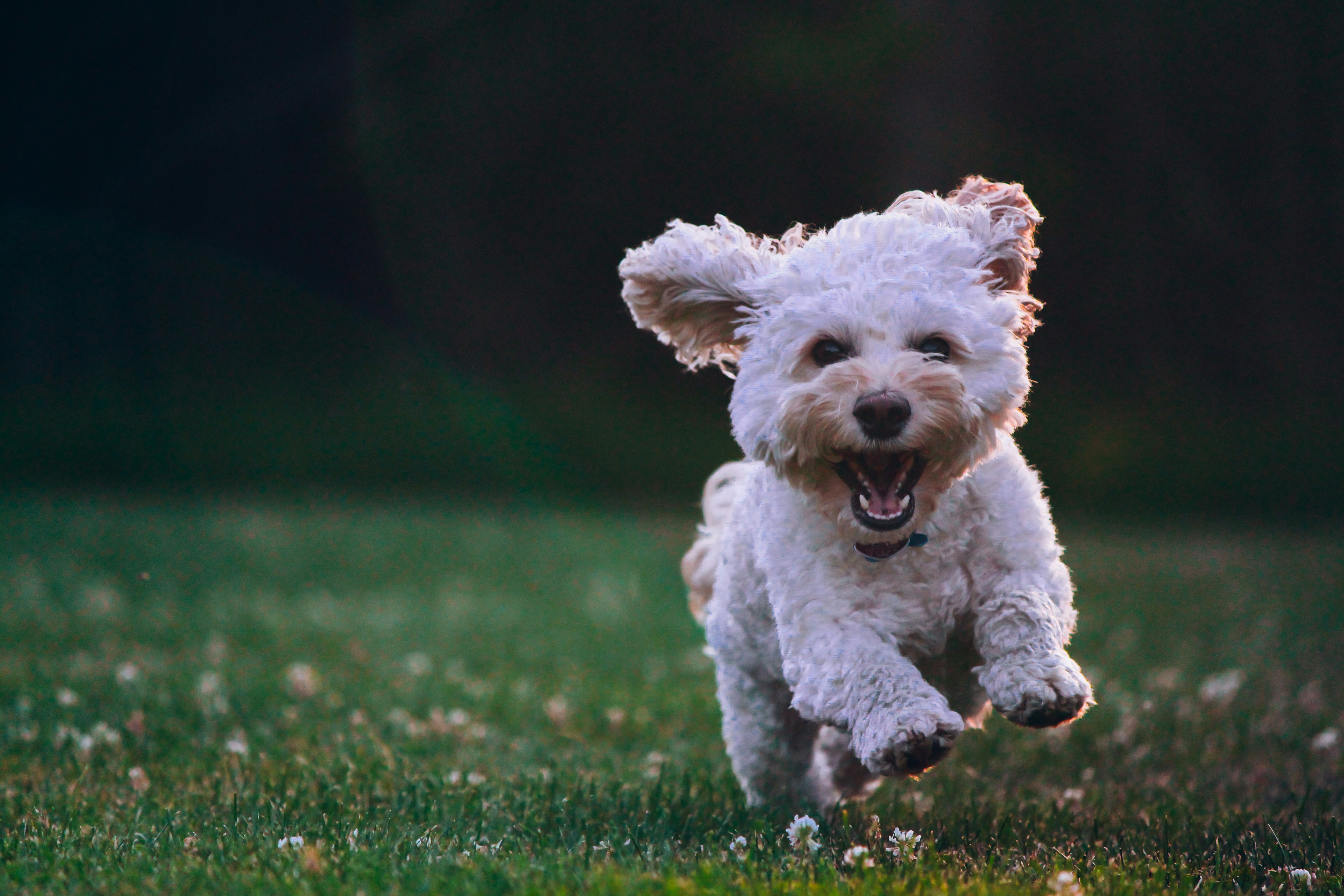
Do dogs dream? Many people wonder about the possibility of dreams in dogs. This article explores the possibility of dreaming and the length of dog dreams. The following article will discuss REM sleep disorder, which affects dogs, and visual dreams in dogs. You will also learn about the different types of dog dreams, including nightmares. This article was written by a leading dog expert, who answered your burning questions about dog dreams. Here are some things to know:
Larger breeds have longer dreams

The size of a dog may play a role in the length and frequency of their dreams. According to Dr. Coren, smaller dogs dream less often and have shorter dreams than larger breeds. But regardless of the breed, a dog’s dreams may be longer or shorter than their owners think. This is due to a variety of factors, including the dog’s sleep habits and circadian rhythm. Here are some tips to help your dog’s dreams be more enjoyable and fulfilling.
Studies of dogs’ dreams show that smaller breeds have shorter dreams and more frequent awakening
s. Meanwhile, large breeds have fewer but longer dreams. A poodle’s dreams may last one minute, while a big lab’s dreams can be as long as 10 minutes. These differences may have to do with the length of the brainwaves. In addition to the duration of a dog’s dream, the size of its skull may also affect the length of a dog’s REM phase.
Canine REM sleep disorder affects dogs
During REM sleep, your dog may experience nightmares and run into walls. Sometimes, your dog will also attack objects and bite while awake. If your dog experiences frequent nightmares or fits of sleep running, it may also be suffering from some form of seizure. If you observe these symptoms, seek medical help immediately. Most of these conditions are manageable with medication. Read on to learn more about this disorder and how it can affect your dog.
The causes of canine REM sleep disorder are still unknown, but many of these disorders are associated with congenital and degenerative neurological diseases. For instance, one client noticed an increase in symptoms when their dog ate certain foods or ingested certain ingredients. Some dogs may experience REM Behavior Disorder because of hypothyroidism, but this is not always the case. A few medications can help control the symptoms of REM behavior disorder.

Canine visual dreams
Canine visual dreams may be a manifestation of REM sleep, the same stage of sleep as in humans. While dogs don’t have vivid dreams, they may show signs of REM sleep such as rapid eye movements. These movements are believed to be prime time for dreaming. This phenomenon has even been observed in people who wake up during REM sleep. Nonetheless, the exact process of dreaming in dogs is unknown. Here are some of the common symptoms of canine REM sleep.
According to the research done by Louie and Wilson, rats exhibit distinct brain activity while dreaming. In this manner, researchers were able to predict the position of the rat in a maze based on his or her previous behaviours. This result has led many scientists to hypothesize that dogs have similar patterns of electrical activity in their brains. While these findings are not definitive, it is possible that dogs dream about activities or interactions that they have with humans.
Canine nightmares
Dogs do have nightmares, but it’s hard to imagine anything as frightening as an alien abduction. Dogs dream about doing dog things, like playing fetch or chasing birds. But these images might be more than just a dog’s imagination. The nightmares that dogs experience are often triggered by some event that happened during the day, such as an attack from another dog or being hurt by a human. As a dog owner, you should not underestimate the dangers of waking a dog from a nightmare.
The first thing to do if you suspect your dog is having a nightmare is not to disturb them. If you awaken them, they may bite you or snap at you. A dog in a nightmare is already in a heightened state of aggression, so try not to disturb them. This will only result in more bad behavior in the future. In most cases, however, waking up a dog during a nightmare won’t be a good idea – if you disturb them during this time, they’ll wake up in a few minutes and go back to their normal sleep state.
Signs of a dog dreaming
Some people think dogs dream because they’re super-smart. Then again, you may have noticed your dog dreaming more often than usual. In fact, some research even suggests that some dogs dream more frequently than others. And, while you may think that your pet is overreacting to something, you might be on to something. A dog can dream about anything, including playing with other pups or stealing your husband’s underpants. So, if your dog is constantly waking you up, it may be dreaming.
If you notice your dog barking while he’s asleep, he may be reliving a traumatic event. His tongue may even be moving during this time. Those actions are common reactions that indicate a dog is dreaming. Other signs to look for include paw twitching, wagging the tail, whining, and lip curling. A dog may also start barking in response to a dream. Whether your dog is dreaming or not, these signs are definitely worth noticing.









